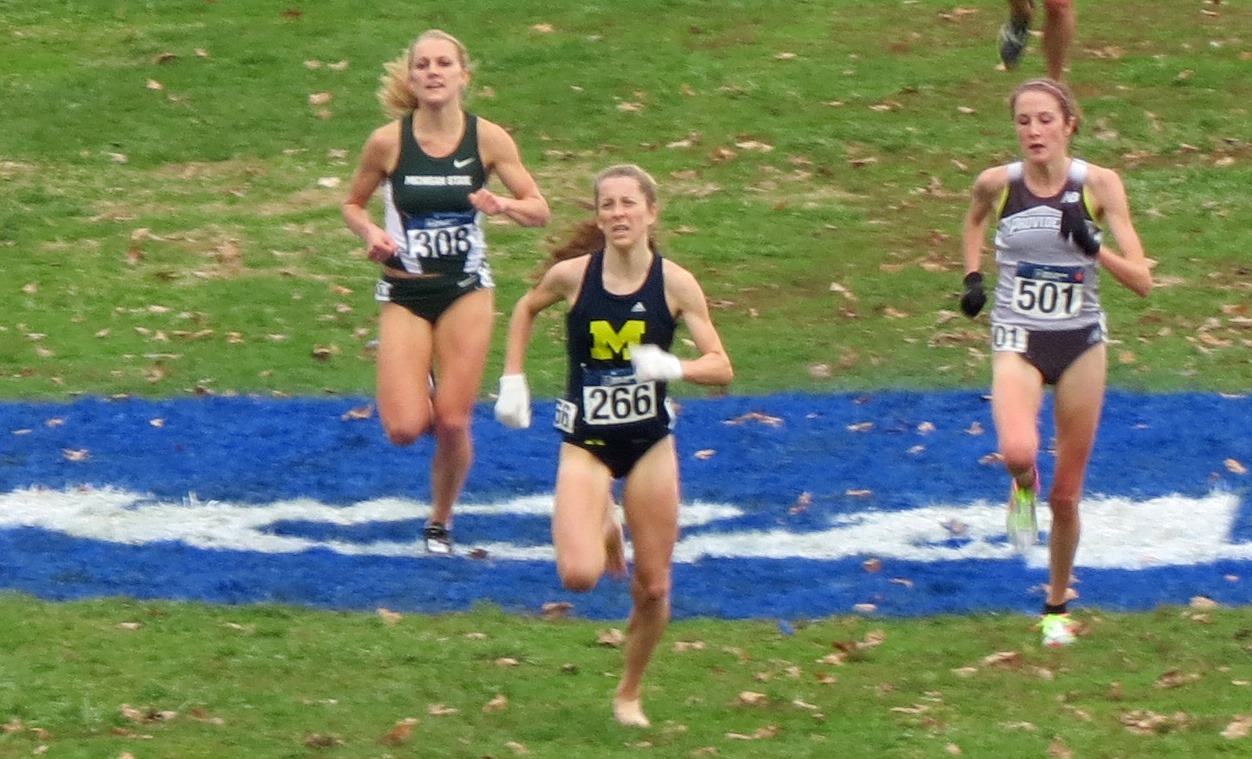As rates of obesity, diabetes, anxiety, depression and loneliness reach staggering heights on university campuses, students are seeking out innovative solutions for nourishing mind, body and spirit in the midst of intense academic journeys. Campus running clubs have emerged as grassroots communities where students can boost holistic health, forge meaningful friendships and discover deeper life purpose when typical college programming falls short.
Running clubs on campus serve as organized groups within academic institutions, providing students with a communal platform to engage in the shared pursuit of physical fitness and well-being; researchers exploring the impact and dynamics of these clubs may turn to expert services such as ‘write paper for me‘ to contribute valuable insights and analyses to the scholarly discourse surrounding student health and campus communities. These clubs cater to all fitness levels, providing supportive environments where students can set goals, track progress, learn proper training techniques and bond over shared struggles. In doing so, running groups foster tightly-knit networks centered around encouragement, vulnerability and service.
In this comprehensive blog post, we’ll dig deep into the myriad benefits – both individual and collective – of joining or starting a running club at your university. From fitness to friendship, leadership to laughter, read on to understand how lacing up with others can profoundly enrich your college experience.
Physical and Mental Health Booster
College students today face mounting pressures from academics, jobs, relationships and packed social lives. Exercise often takes a backseat. Unfortunately, lack of activity can deteriorate health and exacerbate stress over time. This creates a vicious cycle – the more overwhelmed students feel, the less motivation they have to workout. The less they workout, the more their mental health suffers.
Running clubs help halt this downward spiral by providing built-in social support for making fitness a habit. Knowing fellow members are showing up makes students prioritize group run sessions over skipping a workout. Shared training goals, like completing a 5K, 10K or half marathon together, further incentivize attendance. Showing up consistently for club activities also reinforces personal commitment to better health.
With as little as 30-60 minutes of walking, jogging or running several times per week, students reap huge physical rewards: improved cardiovascular health, stronger muscles, increased bone density and positive hormonal changes. Mobility, coordination, range of motion and balance also increase over time.
Fostering community and fitness for students is a multifaceted initiative aiming to promote physical well-being and social connections within educational settings; researchers exploring this dynamic approach may benefit from the expertise offered by top research paper writing services to contribute valuable insights and analyses to the academic discourse surrounding student health and community engagement. Equally as important are the psychological boons.
Physical exertion releases endorphins, enhancing mood, reducing anxiety/depression and improving sleep quality. This empowers students to better handle heavy course loads, relationship woes, loneliness and other stressors. Shared suffering on tough hill workouts fosters camaraderie between members. Swapping tips, laughing through hard efforts and celebrating personal records together forms lasting bonds. Overall, students report significant self-esteem and mental wellbeing boosts from club participation.
Building Inclusive, Campus-Wide Community
Running clubs facilitate community-building on multiple levels. Firstly, they unite students around shared passion for walking, jogging, running and moving outdoors. Pre-run meetups, training runs and post-workout meals provide regular opportunities for folks to bond around goals, gear, events, racing advice and more.
Secondly, clubs connect demographics who may never otherwise mingle – second years with graduate students, engineers with artists, sorority sisters with bookworms. Traversing new running routes together or getting lost on campus foments laughter and memory-making.
Grabbing smoothies after a tough hill workout reveals mutual interests beyond running. Veteran members often form “families,” adopting and mentoring newer members. Instagram groups, weekend shakeout runs and silly nicknames strengthen connections further.
Moreover, running with others builds empathy and emotional intelligence. Members learn to read body language signals on group runs, discerning when someone is struggling physically or emotionally. They then offer encouragement by adjusting pace, changing subject to divert mental strain or simply inquiring how their partner is feeling. Learning to suffer nobly together deepens bonds.
Some clubs also incorporate service projects into their programs. Fundraising for charities through race pledges allows members to unite around values like volunteerism, philanthropy and social justice. Showing up for monthly park trail restoration outings or volunteering as grup at local 5Ks facilitates community-building.
In all these ways, running clubs build rich friendship networks that make college feel less lonely and more supportive. Lifelong connections take root over miles logged, stories shared and adversity overcome arm in arm.
Getting Involved on Campus
If your university already fields an active running club, joining is simple. Search student organization directories online for contact info. Sign up for email updates about meeting spots, training runs and events. Show up consistently and connections sprout organically over shared miles. Don’t worry if your current fitness level is low – running clubs welcome all experience levels with encouragement and patience. More advanced members enjoy paying forward guidance they once received as beginners.
If your university lacks a running club, take the lead in founding one. First, informally survey student networks to gauge interest. Reach out on social media, through campus listservs and by word-of-mouth. Once enough friends, classmates or dorm-mates express excitement, register as an official student organization through your university’s office of student life/activities. Staff will guide you through processes for funding, room reservations, advertising and more.
Promote the new club widely through email, vibrant social media, classroom announcements and tabling at involvement fairs. Set predictable practice days, times and locations for accessibility. Enlist some experienced upper years to lead workouts and provide training advice as “coaches.” Bond over communal objectives like completing a local 5K as a group or volunteering together at races.
Before you know it, you’ll have sparked a vibrant community united by passion, grit and service. Let those miles turn classmates into lifelong friends!
Conclusion
As loneliness, stress and poor health run rampant across university campuses, students are increasingly turning to running clubs as grassroots communities for nurturing mind, body and spirit. These groups help members form life-giving connections, develop fitness habits and discover deeper purpose.
So whether you want to join or start a running club at your college, know that forward progress done together sparks transformation on individual and collective levels. Lace up, get moving and let the community-building begin!

















